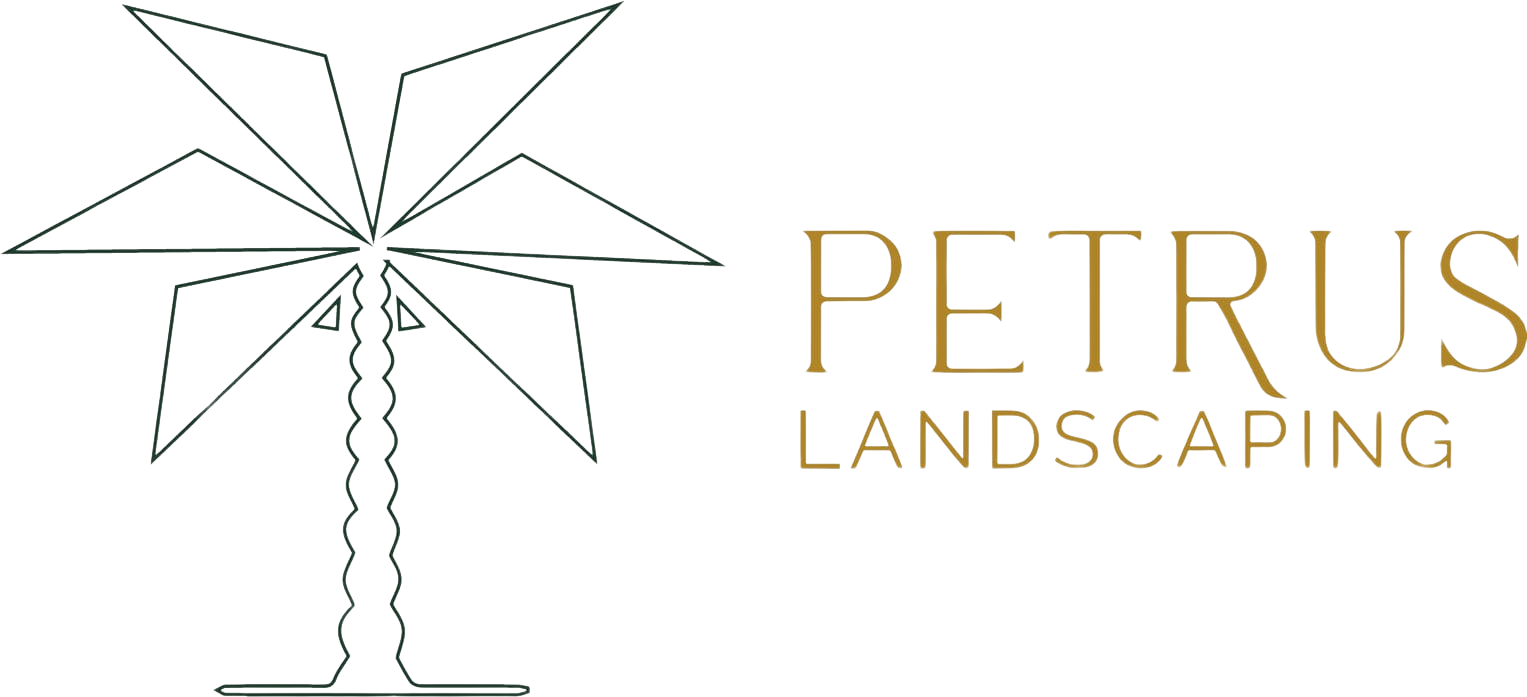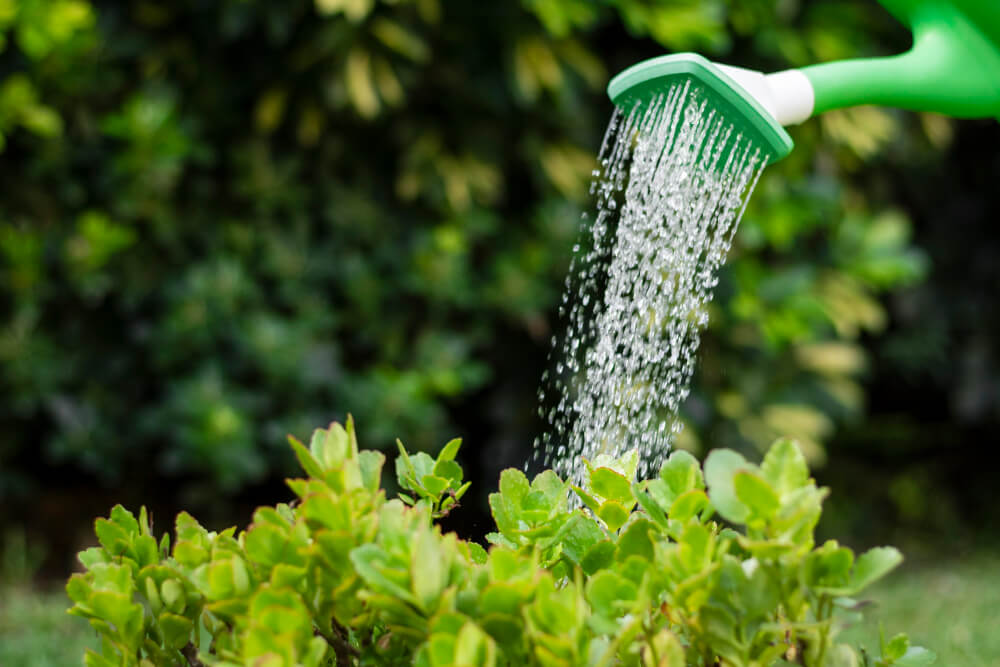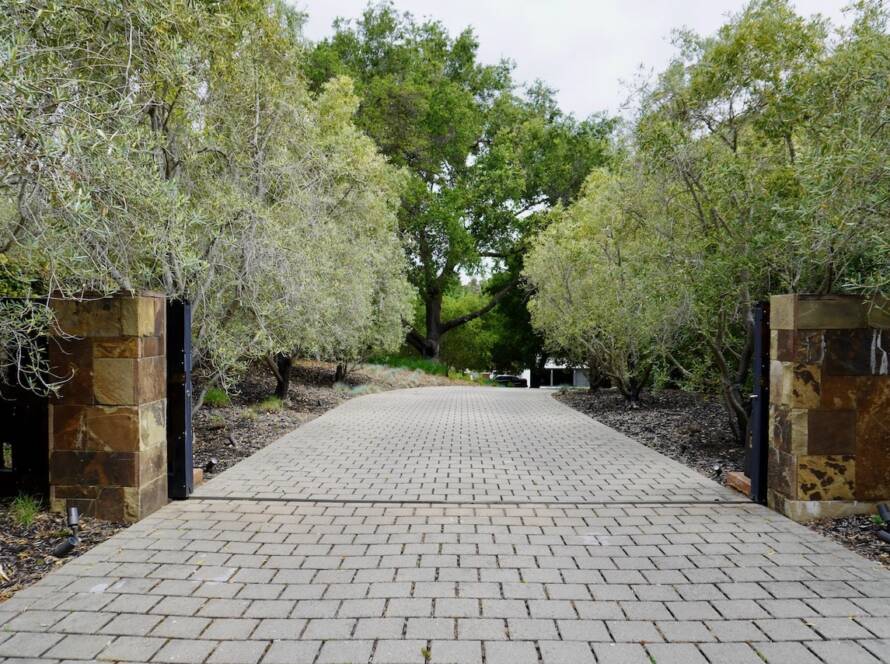In the water-conscious environment of the Bay Area, adopting sustainable landscaping practices is crucial to conserve water and preserve the region’s natural resources. By implementing water-saving techniques tailored to the unique climate and landscape of the Bay Area, you can create a beautiful and resilient outdoor space while minimizing water usage and promoting environmental sustainability. Here are 12 effective strategies for sustainable landscaping in the Bay Area:
1. Native Plant Selection
Embrace the beauty and resilience of native plants that are well-adapted to the Bay Area’s climate and soil conditions. Choose drought-tolerant native species for your luxury landscape design, as they require less water once established and provide essential habitat for local wildlife.
2. Xeriscaping Principles
Implement xeriscaping principles to design water-efficient landscapes that thrive in the Bay Area’s Mediterranean climate. Utilize drought-tolerant plants, efficient irrigation systems, and water-wise hardscaping materials to create low-maintenance and environmentally-friendly outdoor spaces.
3. Drip Irrigation Systems
Install drip irrigation systems to deliver water directly to the root zones of plants, minimizing evaporation and runoff. Drip irrigation systems are highly efficient and can be customized to deliver precise amounts of water to each plant, reducing water waste and promoting healthier growth.
4. Rainwater Harvesting
Harvest rainwater from rooftops and other impermeable surfaces using rain barrels or cisterns. Captured rainwater can be used for irrigation purposes, reducing reliance on potable water sources and minimizing stormwater runoff.
5. Mulching and Soil Amendments
Apply mulch to garden beds to conserve soil moisture, suppress weed growth, and improve soil structure. Use organic mulches such as wood chips or compost to retain moisture and enhance soil fertility, promoting healthier plant growth and reducing water requirements.
6. Smart Irrigation Controllers
Upgrade to smart irrigation controllers equipped with weather sensors and programmable schedules. Smart controllers adjust watering based on real-time weather conditions, soil moisture levels, and plant water requirements, optimizing irrigation efficiency and conserving water.
7. Grouping Plants by Water Needs
Group plants with similar water requirements together in your landscape to create hydrozones. Hydrozoning allows for more efficient irrigation management, as plants with similar water needs can be watered together, minimizing water waste and promoting healthier growth.
8. Permeable Hardscaping Materials
Choose permeable hardscaping materials such as permeable pavers, gravel, or decomposed granite for pathways, driveways, and patios. Permeable surfaces allow rainwater to infiltrate the soil, reducing runoff and replenishing groundwater supplies.
9. Turf Alternatives
Replace traditional turf grass with drought-tolerant turf alternatives or low-maintenance ground covers. Consider alternatives such as native grasses, ornamental grasses, or artificial turf to reduce water usage and maintenance requirements while still enjoying a lush green lawn.
10. Soil Moisture Monitoring
Monitor soil moisture levels regularly using moisture meters or soil probes. Adjust irrigation schedules based on soil moisture readings to ensure plants receive adequate water without overwatering, minimizing water waste and promoting plant health.
By incorporating these water-saving techniques into your luxury landscaping Bay Area, you can create a sustainable and environmentally-responsible outdoor space that thrives while conserving water resources and minimizing environmental impact. Adopting sustainable landscaping practices not only benefits the environment but also enhances the beauty, functionality, and long-term viability of your landscape in the Bay Area.



